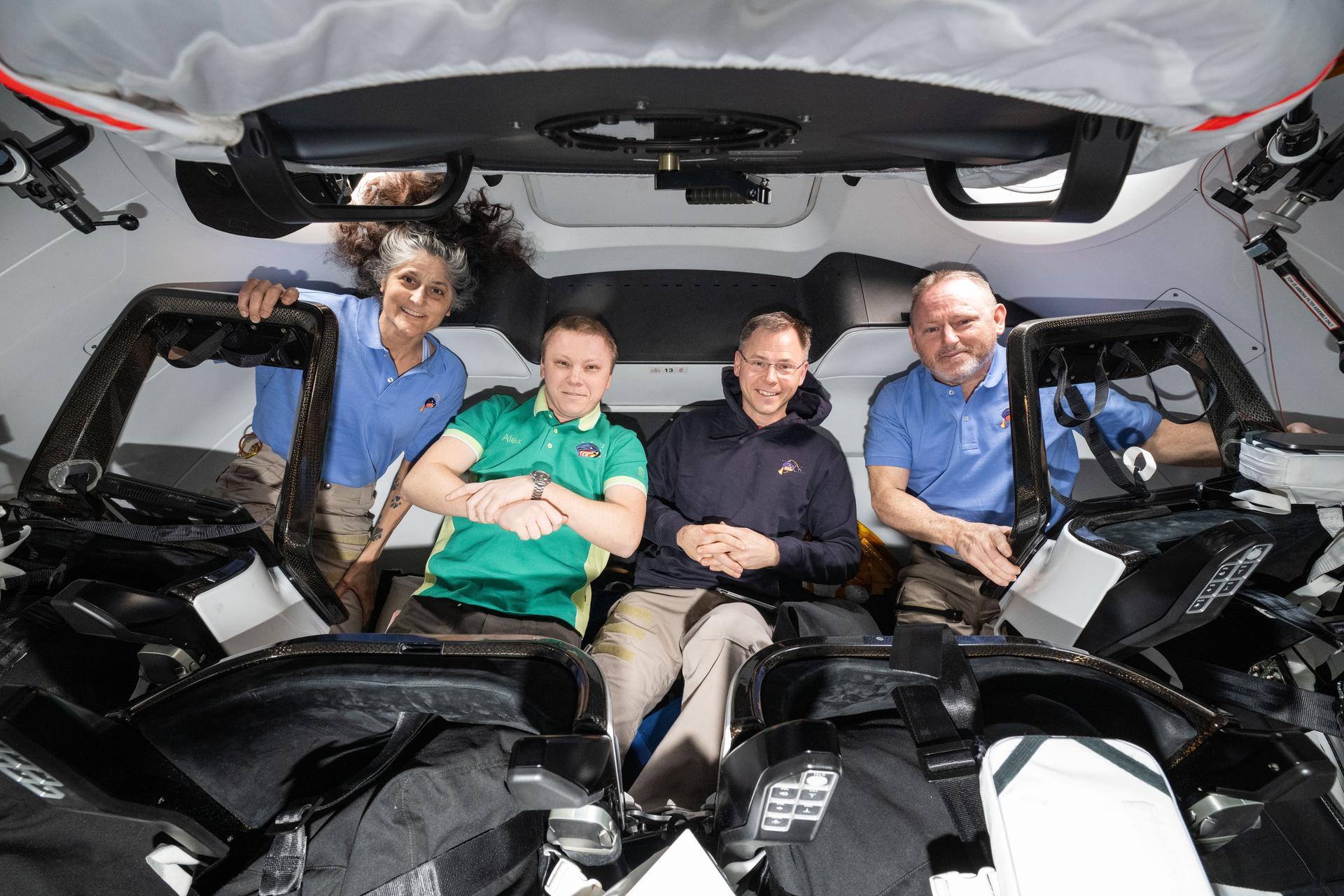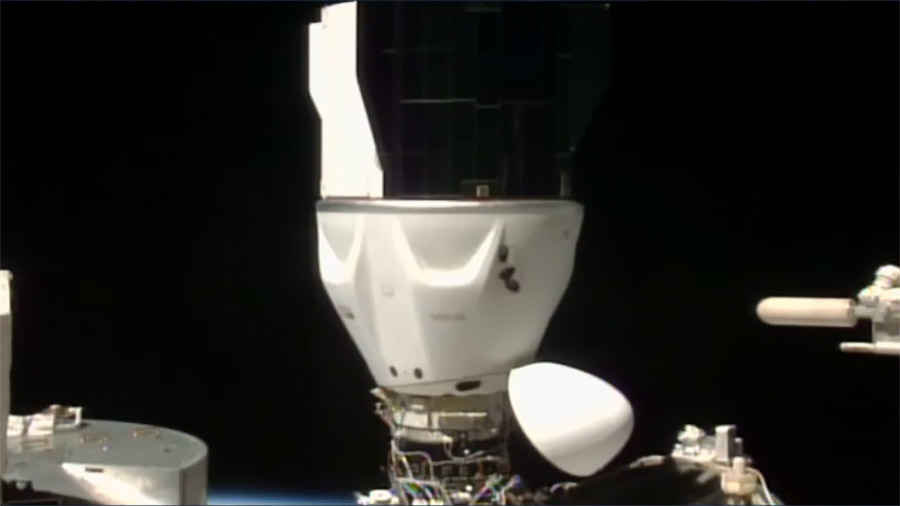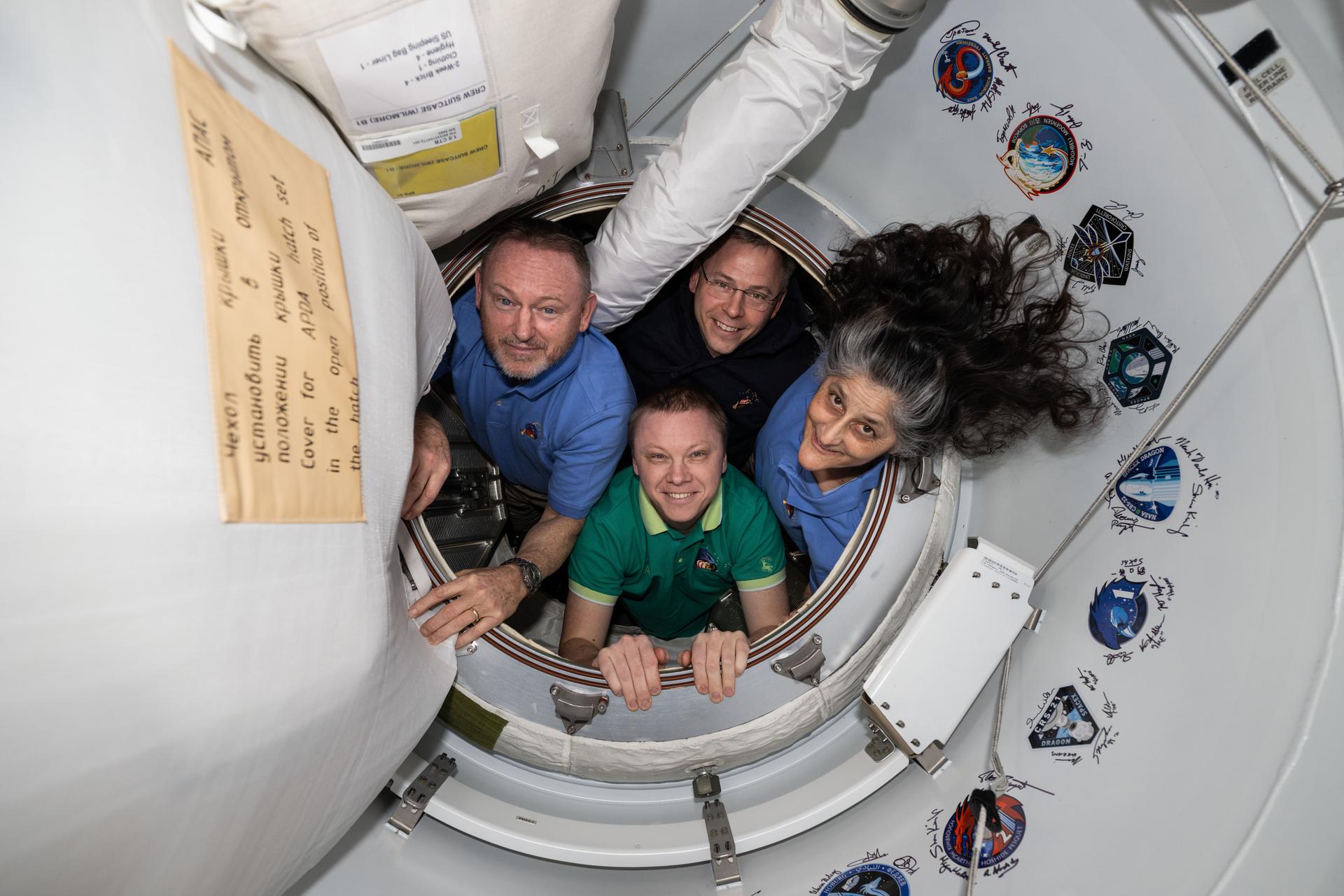NASA astronauts Nick Hague, Suni Williams, and Butch Wilmore, and Roscosmos cosmonaut Aleksandr Gorbunov have successfully splashed down in the Gulf of America, off the coast of Tallahassee, Florida, at 5:57 p.m. EDT. Hague and Gorbunov have been at the International Space Station since Sept. 29, 2024, while Williams and Wilmore arrived on June 6. This […]
NASA’s SpaceX Crew-9 Splashes Down Off Coast of Florida

































